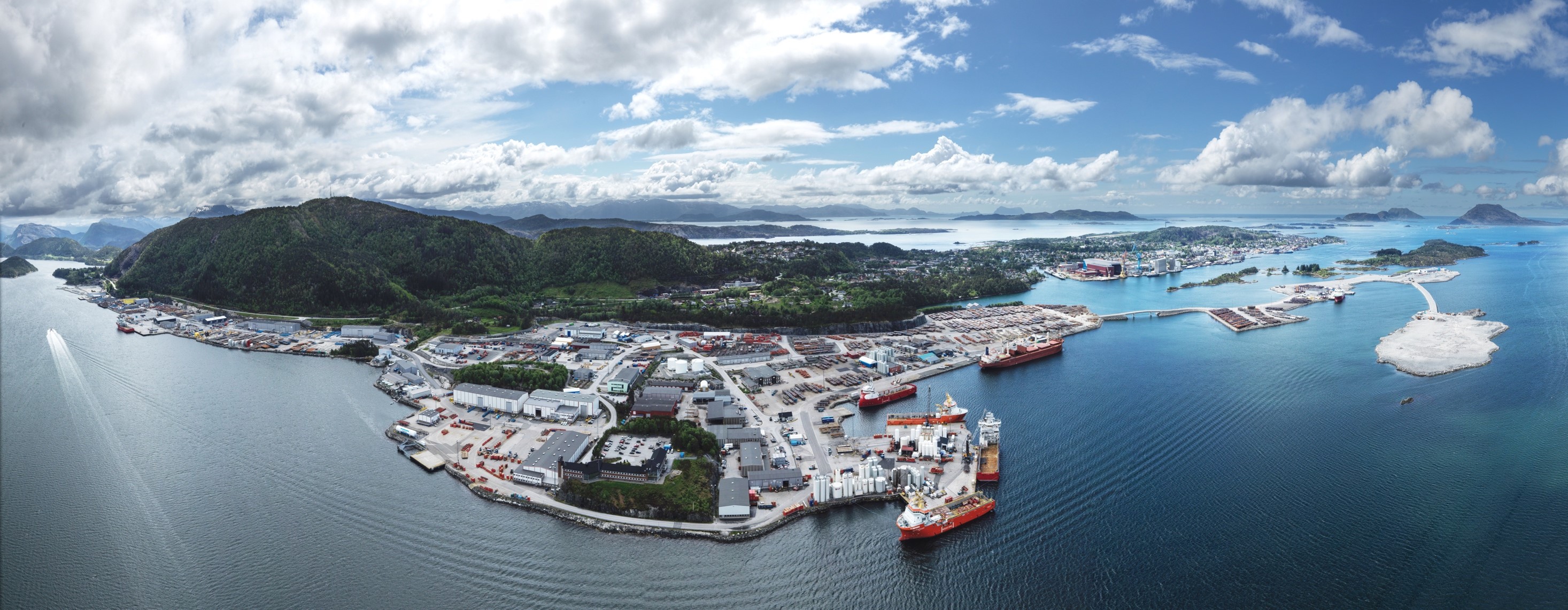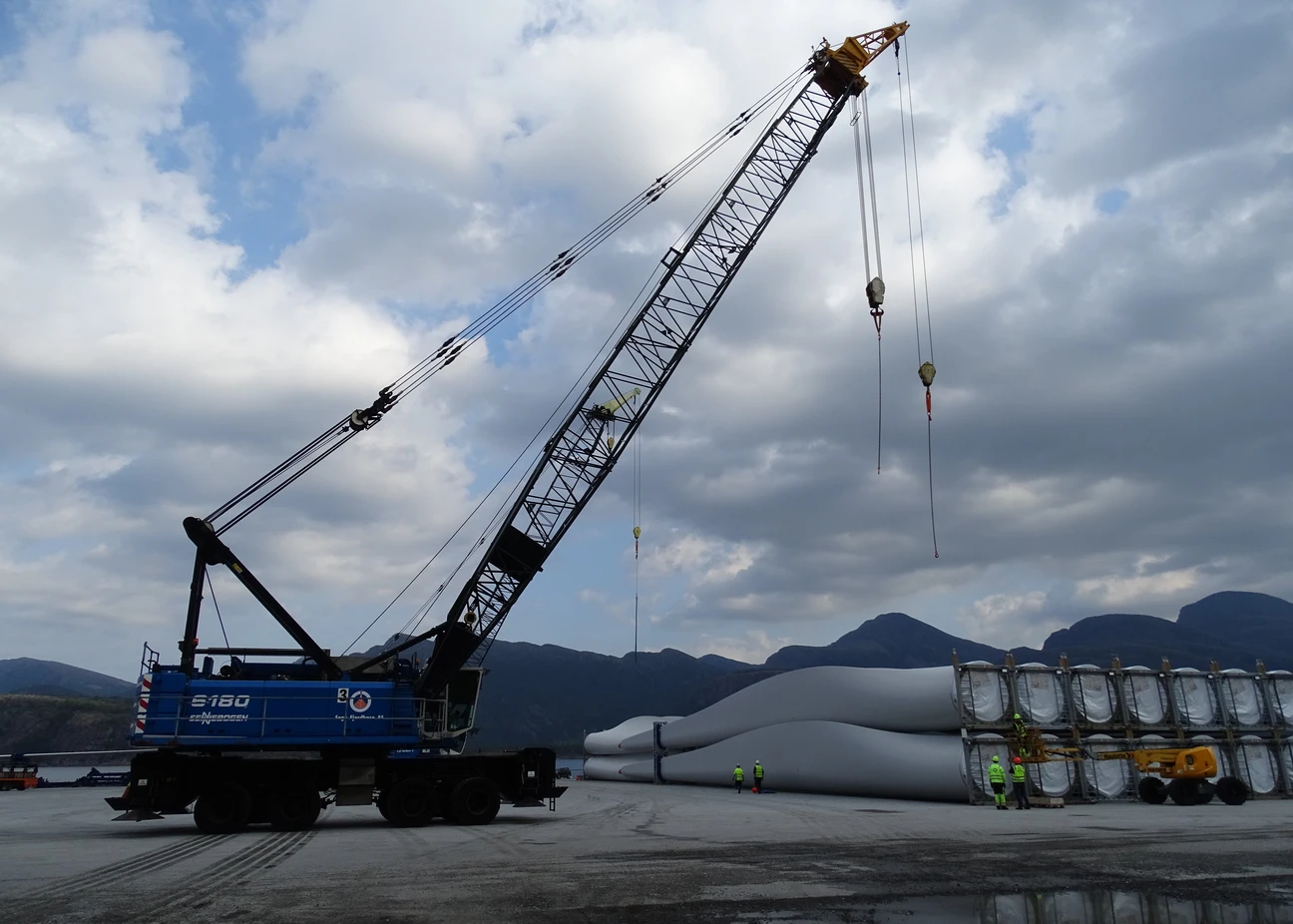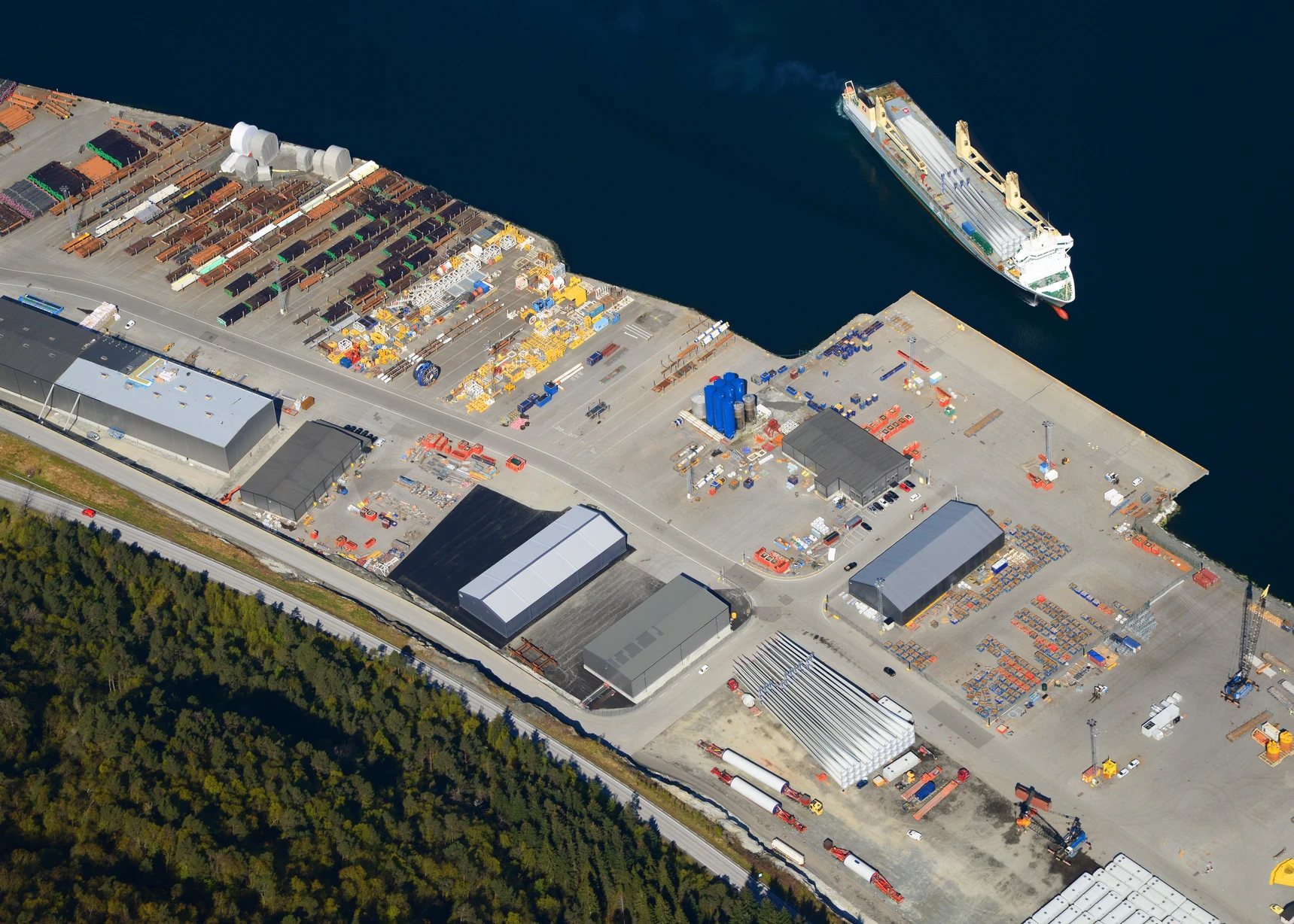Alex Gauntt, Head of Offshore Wind UK, Fjord Base Group
17/02/2025 | Ports



Unlocking the full potential of UK offshore wind: the role of Norwegian port partnerships
17 February 2025
The UK offshore wind industry is entering a critical phase of expansion, with ambitious targets set for 50GW of offshore wind capacity by 2030. However, delivering on these targets requires significant port infrastructure capable of supporting both the construction and long-term operations of offshore wind farms. While UK ports are investing heavily in upgrading their facilities, the scale of the challenge means that strategic partnerships with established, operational international ports presents a compelling opportunity to accelerate progress and maximize economic benefits.
Expanding capacity and reducing bottlenecks
One of the biggest constraints facing the UK offshore wind supply chain is the limited availability of fit-for-purpose port infrastructure. The sheer scale of offshore wind components—tower sections, blades, nacelles, and of course foundations—demands expansive laydown areas, deep-water access, and heavy-lift capabilities. Many UK ports are still in the process of developing or upgrading these facilities, leading to potential bottlenecks in project execution where ports lag the construction timescales for offshore wind projects.
Norwegian ports, such as Fjord Base in Florø, on the other hand, already possess world-class infrastructure tailored for offshore energy industries. Leveraging their existing capacity provides an immediate solution to alleviate pressure on UK ports, enabling a smoother rollout of upcoming offshore wind projects. By partnering with a port that is fully operational today, UK developers can de-risk project schedules, avoid delays, and enhance overall efficiency.
Boosting local content and supply chain resilience
The UK government has emphasized the importance of increasing local content in offshore wind projects, aiming to ensure that more economic value remains within the domestic supply chain. However, this ambition is constrained by a lack of ready-to-use facilities in certain regions, as well as gaps in specialized manufacturing capabilities.
A strategic partnership with an operational Norwegian port can serve as a catalyst for local supply chain growth. Rather than bypassing UK ports, such partnerships can complement UK-based facilities by ensuring that pre-assembly, staging, and component handling take place at high-capacity Norwegian sites before high-value final integration at UK ports. This approach can strengthen supply chain resilience, enabling UK firms to focus on manufacturing and installation, while logistics and heavy lifting benefit from existing Norwegian expertise.
De-risking operations and maintenance
Once offshore wind farms are commissioned, maintaining their efficiency over a 25–30-year lifespan is just as critical as the initial construction phase. Given the scale and complexity of offshore wind farms, a network of reliable and strategically located ports is essential for effective operations and maintenance (O&M).
There is no doubt that a Norwegian port may be deemed too far from operational projects for day-to-day activities, such as crew transfer vessels operations, however again Norwegian ports, with their long history of supporting offshore oil and gas operations, offer a proven track record in vessel support, spare parts logistics, and offshore personnel deployment.
By integrating Norwegian port infrastructure into the UK’s offshore wind O&M ecosystem, developers can benefit from reduced downtime, optimized logistics, and more efficient servicing of turbines located far from shore.
Conclusion: a win-win for UK and Norwegian ports
The UK offshore wind sector is at a pivotal moment, and expanding port capacity is crucial to delivering the next wave of projects on time and on budget. By leveraging the strengths of an operational Norwegian port, UK offshore wind projects can unlock immediate logistical advantages, enhance local supply chain participation, and de-risk both construction and long-term O&M activities. This strategic collaboration presents a win-win scenario—accelerating UK offshore wind growth while fostering stronger ties between two leading maritime nations in the renewable energy revolution, while creating long-lasting relationships where UK ports could support Norwegian offshore wind future ambitions!





